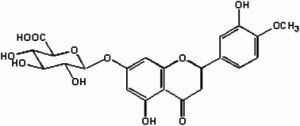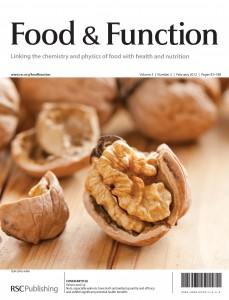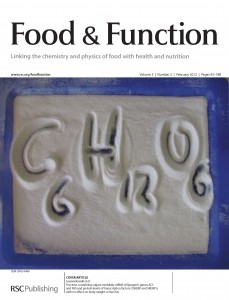
Food & Function provides and excellent forum for such work and below is a selection of the high quality work we have published in this area. These articles are free to access, so why not take a look?
Stay up-to-date with the latest content in Food & Function by registering for our free table of contents alerts.
Polyphenols prevent lipid abnormalities and arterial dysfunction in hamsters on a high-fat diet: a comparative study of red grape and white persimmon wines, Jin-Hyang Suh, Anne Virsolvy, Aurélie Goux, Cécile Cassan, Sylvain Richard, Jean-Paul Cristol, Pierre-Louis Teissèdre and Jean-Max Rouanet, Food Funct., 2011, 2, 555-561
Raspberry juice consumption, oxidative stress and reduction of atherosclerosis risk factors in hypercholesterolemic golden Syrian hamsters, Jin-Hyang Suh, Cindy Romain, Rocío González-Barrio, Jean-Paul Cristol, Pierre-Louis Teissèdre, Alan Crozier and Jean-Max Rouanet, Food Funct., 2011, 2, 400-405
Mechanisms underlying the cholesterol-lowering properties of soluble dietary fibre polysaccharides, Purnima Gunness and Michael John Gidley, Food Funct., 2010, 1, 149-155
Effects of eggs on plasma lipoproteins in healthy populations, Maria Luz Fernandez, Food Funct., 2010, 1, 156-160
Hypocholesterolemic activity of onion is mediated by enhancing excretion of fecal sterols in hamsters, Lei Guan, Hau Yin Chung, Yalun Su, Rui Jiao, Cheng Peng and Zhen Yu Chen, Food Funct., 2010, 1, 84-89
Consumption of polyphenolic-rich beverages (mostly pomegranate and black currant juices) by healthy subjects for a short term increased serum antioxidant status, and the serum’s ability to attenuate macrophage cholesterol accumulation, Mira Rosenblat, Nina Volkova, Judith Attias, Riad Mahamid and Michael Aviram, Food Funct., 2010, 1, 99-109











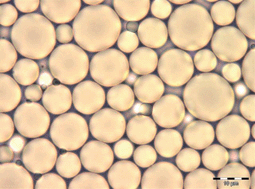


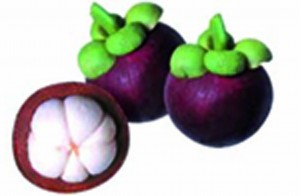 Ana Martinez and colleagues from Mexico have reported a theoretical study on the antioxidant mechanism of xanthones. Xanthones are bioactive compounds found in tropical fruits such as mangosteen (Garcinia mangostana) and have shown antioxidant behaviour in a number of experimental studies, however the mechanism of action is not thoroughly understood.
Ana Martinez and colleagues from Mexico have reported a theoretical study on the antioxidant mechanism of xanthones. Xanthones are bioactive compounds found in tropical fruits such as mangosteen (Garcinia mangostana) and have shown antioxidant behaviour in a number of experimental studies, however the mechanism of action is not thoroughly understood.